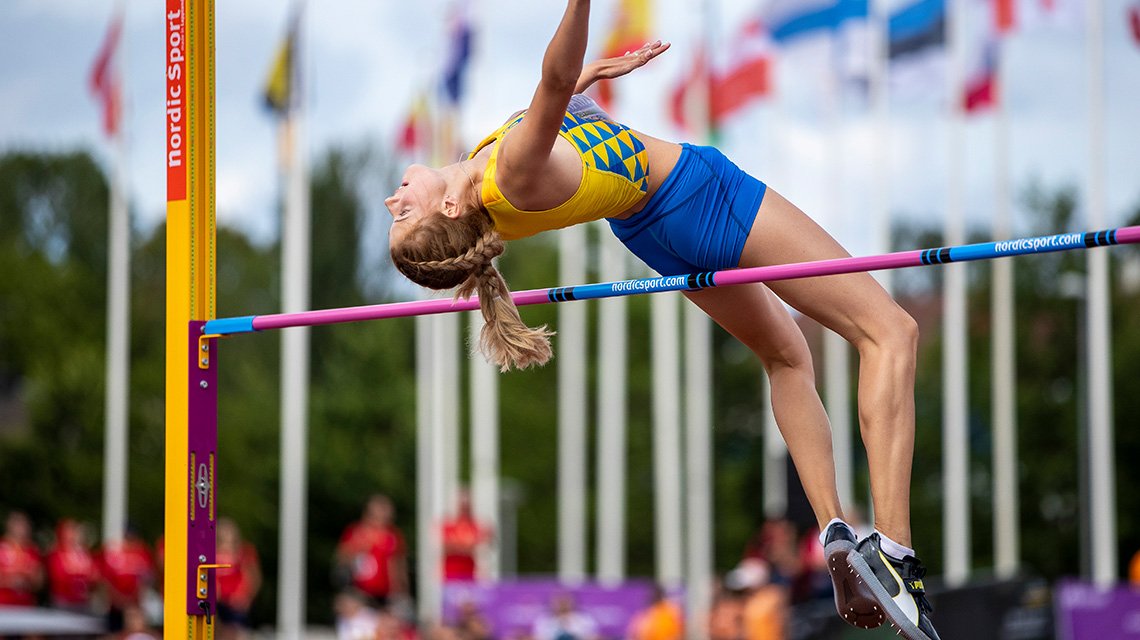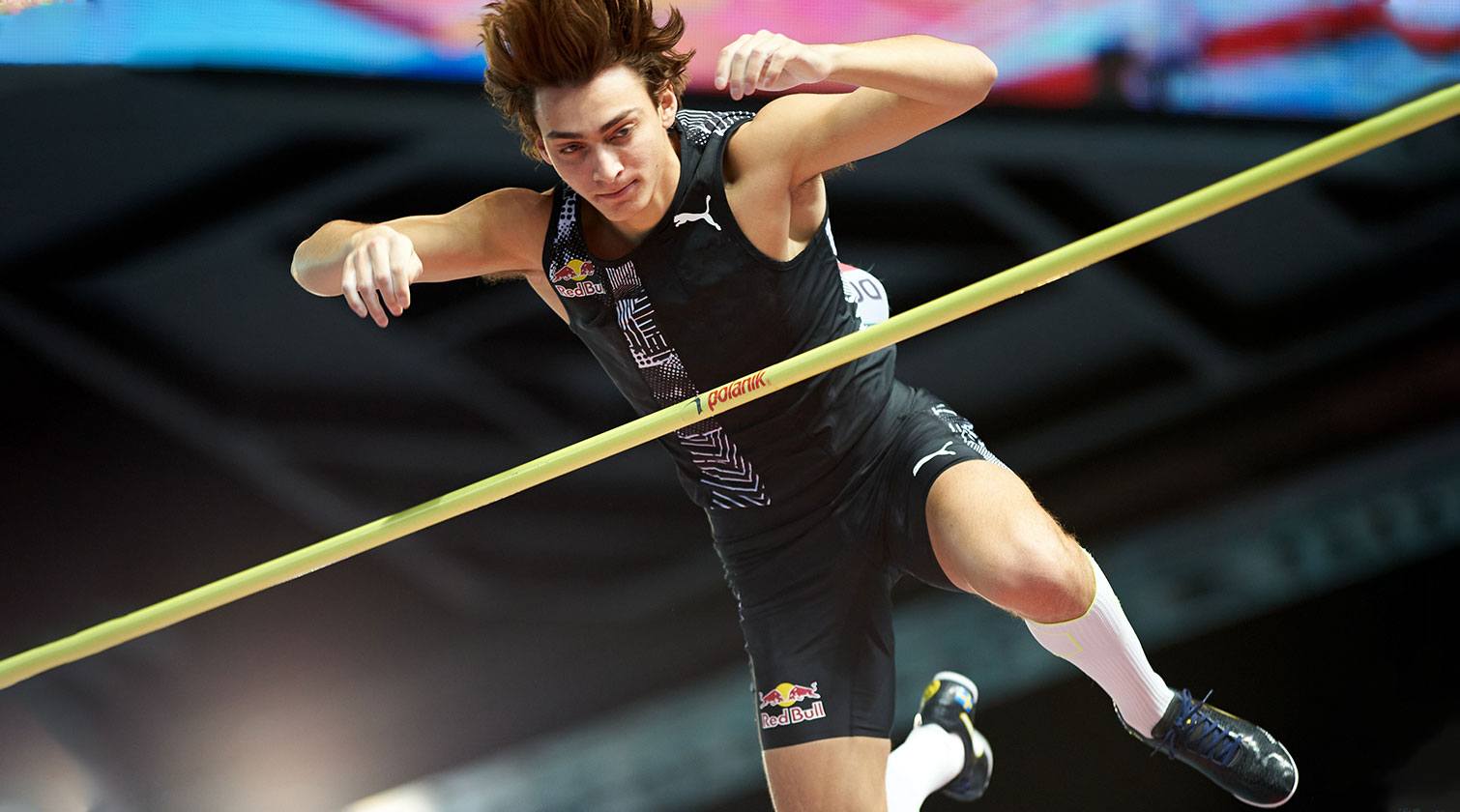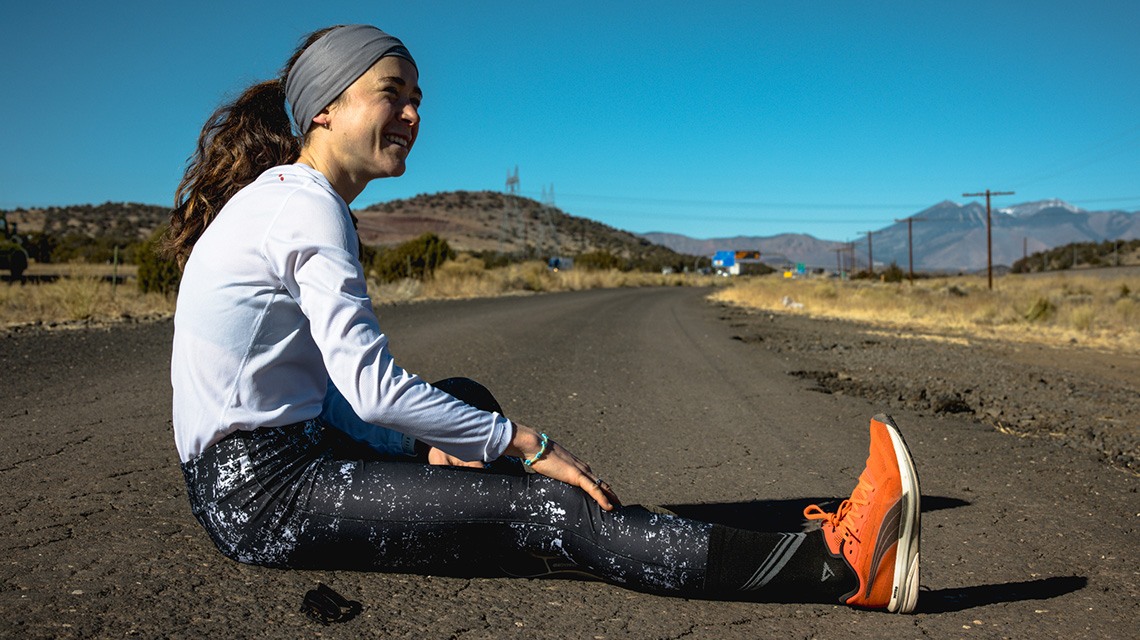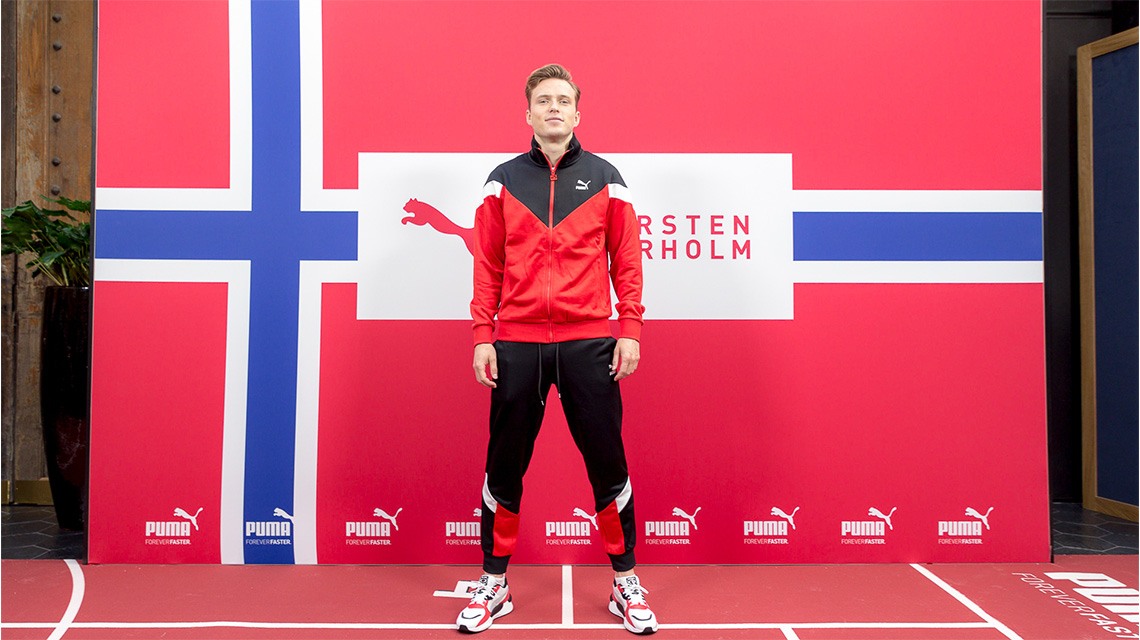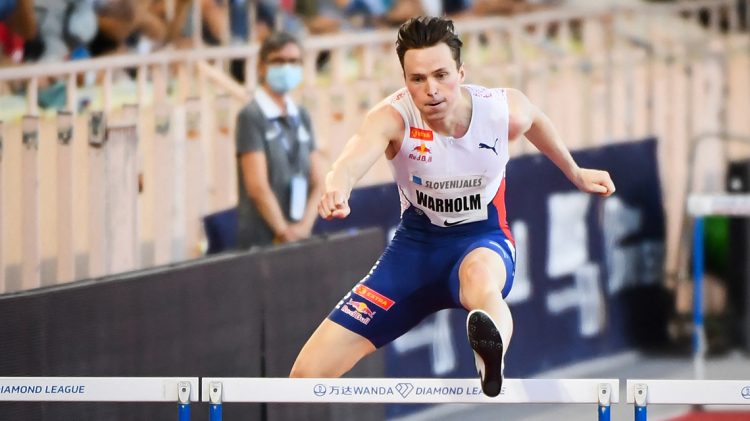
Incredible
Moments
PUMA celebrates historical Athlete Moments at the Olympic Games in Tokyo
August 13, 2021PUMA celebrates historical Athlete Moments at the Olympic Games in Tokyo
August 13, 2021We are still celebrating the incredible moments of our sponsored athletes. Many of them wrote sports history at the Olympic GamesTM this summer. Our PUMA-sponsored athletes, gathered a total of 22 Gold, 24 Silver, and 20 Bronze medals in Tokyo. PUMA-sponsored Federations scored eleven Gold, eight Silver and seven Bronze medals. For more than 70 years, PUMA has created brand heat by partnering with the most famous and successful athletes. Within PUMA’s brand mission to become the fastest sports brand in the world, we have continued to focus on creating brand heat and developing product ranges that are right for our athletes and consumers.
These Olympic Games in Tokyo have been an amazing sports event that created many heroes and heroines, both nationally and globally, who delivered world-class performances on the track and pitches. Given all the uncertainty before the Games, I feel the organizers did a terrific job in making these Games happen. We are incredibly proud of our PUMA sponsored medalists, as well as the rest of our athletes, who worked hard and gave everything to perform at their very best.
Outstanding world-class performances
Here is a selection of historical performances of PUMA-sponsored athletes
Outstanding world-class performances were delivered by PUMA athlete Karsten Warholm, when he clocked in 45.94s over 400m hurdles, breaking his own world record of 46.70s. In a much acclaimed race – labelled the ‘Best Race in Track & Field history – the 25-year-old Norwegian was said to have not broken his own world-record, but destroyed it. Between Edwin Moses’ world record of 47.45s in 1977 and Karsten’s world record of 46.70s from July 2021, the 400m hurdles record had progressed by 75 hundreth of a second. Then, in just one race in Tokyo, Warholm improved the world record by 76 hundreth – a performance unseen in 44 years. In addition, the sacrosanct 47 second mark in the 400m hurdles had only been broken six times before the Tokyo Olympic final. In this one race, three hurdlers ran under 47 seconds, with the silver medalist Rai Benjamin breaking Karsten’s old world record, running 46.17s. At the Rio Olympics in 2016, gold medalist Kerron Clement ran 47.73s and in the 2019 Doha World Championships, Karsten won in 47.42s. With these times, a hurdler would only have taken the sixth place in the Tokyo final.
26-year-old Canadian sprinter André de Grasse raced to Gold over 200m in 19.62s and claimed Bronze in the 100m race in 9.89 seconds. With a track record of having participated in the 100m and 4x100m in the 2015 World Championships, in the 100m, 200m and 4x100m at the 2016 Olympics, in the 100m and 200m at the 2019 World Championships and in the 100m, 200m and 4x100m at the Tokyo Olympics, André is the World’s most consistent sprinter.
27-year-old American Molly Seidel became the third American woman to win a medal in a marathon at Olympic Games, when she finished in a time of 2:27:46, having had only run two marathons before competing at the Tokyo Olympics.
For what was the first time in athletics in the last 113 years, PUMA athlete Gianmarco Tamberi and Mutaz Essa Barshim decided to share the gold medal in the men’s high jump, a true symbol of sportsmanship.
Pole vaulter Mondo Duplantis claimed his first Olympic title when he cleared 6.02m to win gold, but also attempted 6.19m, one centimetre higher than his previous best of 6.18m, the current world-record.
Jamaica’s Hansle Parchment surprised the world in an incredibly tight 110m hurdles final when he beat the undisputed favourite Grant Holloway who had not lost a hurdles race since August last year. At the U.S. Olympic trials, Holloway only missed the 110m world record by one-hundredth of a second, but in Tokyio, Hansle raced past him to win gold in 13.04s – labelled “one of the shocks of the Games”.
With a jump of 17.98m, Portuguese PUMA athlete and Olympic debutant Pedro Pichardo won gold in the triple jump, setting a new record for Portugal, winning the first gold medal for his country of any kind since 2008 and the fifth ever.
The female 100m sprinters of the PUMA-sponsored Jamaica Olympic Association claimed Gold (Elaine Thompson-Herah), Silver (Shelly-Ann Fraser-Pryce) and Bronze (Shericka Jackson), having occupied 10 of the 12 places on the podiums since the 2008 Olympic Games in Beijing.
It is all about the athletes, their physical and mental training and their ability at the key moment to give their best. At PUMA, we are motivated to help them perform at their very best.
Elite Performance Products for Elite Athletes
We have continued on our mission to design “stuff that works” and have significantly improved our product offering in our sports performance categories.
In order to create PUMA’s fastest, lightest and most propulsive Track & Field spike, we have teamed up with Formula 1 brand Mercedes AMG Petronas F1 to apply engineering insights from the world of Formula 1 and automotive to create the EVOSPEED TOKYO FUTURE FASTER+ and the EVOSPEED TOKYO FUTURE NITRO FASTER+ for PUMA athletes, including Gold medalists Karsten Warholm and André De Grasse, Canadian 200m sprinter.
“This collaboration was very unique and it has given us the perfect product for us to work on the track – a spike that is really aggressive, with a really good forward propulsion, and it gives me all the tools I need to be the best version of myself,” said Karsten Warholm.
For our Olympic kits – worn by the athletes of 12 Athletic Federations, such as Jamaica, Norway and Sweden – PUMA improved the aerodynamics by optimizing air turbulences behind the sprinters to minimize the air drag that occurs while running at such speed. What usually slows sprinters down are air turbulences behind them caused by the air that is pushed by the athletes’ bodies and flows around them towards their backs. These turbulences will cause an air drag back. By strategically placing little brush knobs at the side of the kits’ sleeves and legs that change the turbulence patterns, PUMA minimized the air drag back.
